The general appearance of the model, the penetrating gaze and the rather strong nose with the slightly bumpy edge, seem very compatible with the known effigies of the Montpellier painter Sébastien Bourdon. About thirty years old, Bourdon is placed in a trompe l'oeil oval under which is placed a cartouche, surmounted by the painter's attributes, and seeming to be waiting only for the inscription of an engraver, even if our drawing does not does not show traces of passage with the stylus. The work is reminiscent of a series of portraits of artists brought together by the Italian collector Nicola Pio at the beginning of the 18th century, a large part of which is kept in Stockholm. In spirit it is indeed close, but all these drawings are Italian, using a technique quite different from ours, and giving much more importance to the framing decoration. It seems to us here that there is more of a "van dyckian" vein, with this way of using the gray and brown wash, which makes us give a Flemish paternity to the sheet. The comparison with several drawn portraits of Van Dyck, also intended for engraving, such as those of Jan Wildens (British Museum) or Cornelis Schut (Hermitage) is quite convincing. More particularly, the author could be in the entourage of Gonzales Coques (1614-1684), himself having been strongly influenced by Van Dyck, and having produced portraits quite similar to ours. Nicknamed "little Van Dyck", Gonzales Coques is a contemporary of the master, fifteen years his junior. From 1626 he joined the Guild of Saint-Luc in Antwerp under the orders of a Brueghel and then of David Rijckaert. Very quickly the young man works for Van Dyck when he lives in Antwerp; he even followed him to England where he produced portraits of the royal family in the purest tradition of his master, with certainly less vigor.




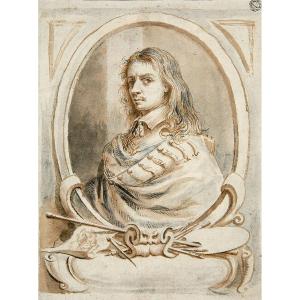






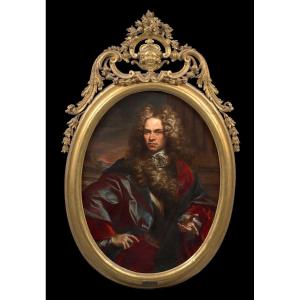

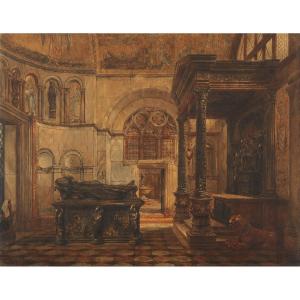


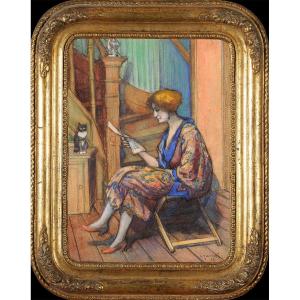
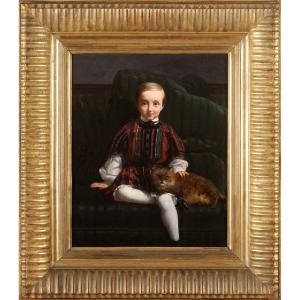

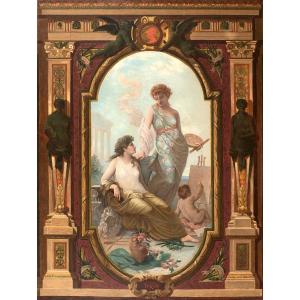
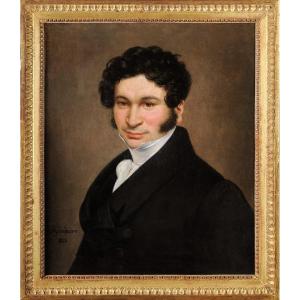


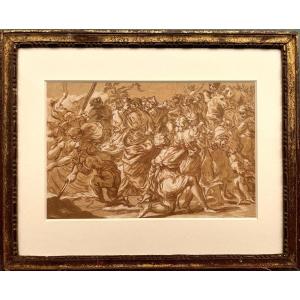

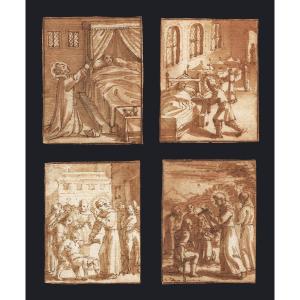




 Le Magazine de PROANTIC
Le Magazine de PROANTIC TRÉSORS Magazine
TRÉSORS Magazine Rivista Artiquariato
Rivista Artiquariato